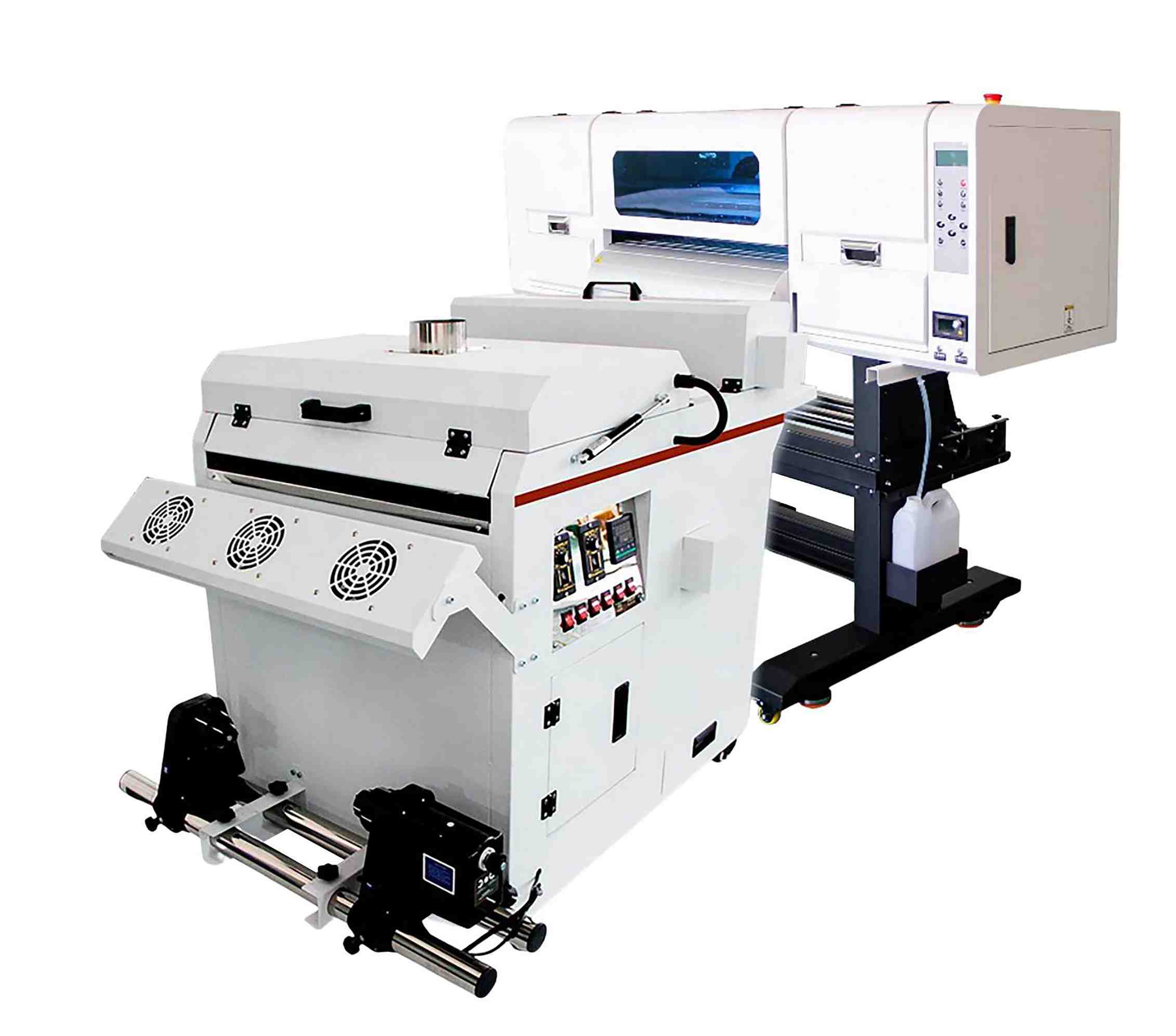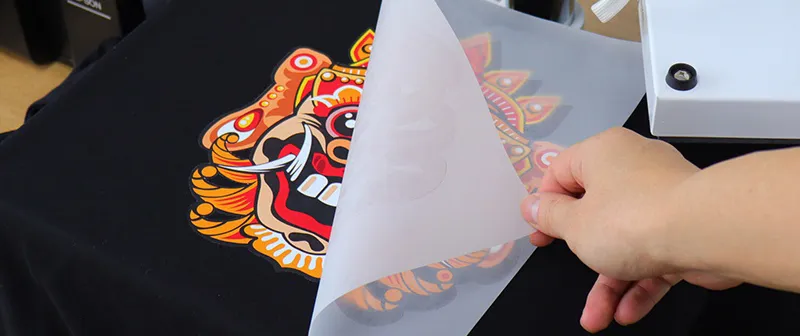The Future of Style: Checking Out DTF Printing Technology in the Fabric Market
Among these developments, Direct to Film (DTF) printing technology has emerged as an appealing competitor, using one-of-a-kind capacities and possibilities for developers and suppliers alike. This cutting-edge printing technique has actually stimulated rate of interest due to its prospective to reinvent standard fabric printing processes.
Development of Textile Printing
From the ancient human beings making use of methods like block printing to the digital change of today, fabric printing has continually pressed boundaries. As the craft spread to various other parts of the globe, brand-new methods such as display printing and roller printing emerged throughout the Industrial Transformation, transforming the textile sector.
The intro of electronic textile printing in the late 20th century marked a significant change in the direction of more functional and sustainable printing techniques. The development of fabric printing showcases an abundant history of creative thinking, ingenuity, and technological development in the globe of style and design.
Benefits of DTF Innovation
With the development of fabric printing strategies from old methods like block printing to contemporary technologies such as electronic printing, the introduction of Direct-to-Fabric (DTF) technology has substantially improved the performance and sustainability of fabric printing procedures. Among the key benefits of DTF technology is its capability to directly publish layouts onto textile without the demand for transfer documents, which lowers waste and streamlines the manufacturing procedure. In addition, DTF printing enables better shade vibrancy and information accuracy contrasted to typical approaches, making it possible for fabric suppliers to develop high-grade and detailed layouts easily.
Additionally, DTF innovation is understood for its flexibility, as it can be used on various sorts of materials, consisting of all-natural fibers like woollen, silk, and cotton, along with artificial materials such as polyester and nylon (DTF Printing). This flexibility opens a vast array of opportunities for suppliers and developers to try out various structures and materials, leading to even more cutting-edge and special products in the apparel industry. Overall, the execution of DTF innovation stands for a considerable development in fabric printing, supplying many advantages that add to the future sustainability and creativity of the market
Sustainability in Fashion Manufacturing
Emphasizing eco-friendly methods is paramount in modern style manufacturing, lining up with the expanding consumer need for lasting products. In the last few years, the garment industry has actually dealt with raising scrutiny as a result of its considerable ecological impact, including too much water usage, chemical contamination, and fabric waste. As a response, lots of style brands are now including sustainable methods right into their manufacturing processes to lessen injury to the environment.
Sustainability in fashion manufacturing incorporates various aspects, such as making use of organic and recycled products, lowering energy consumption, carrying out moral labor practices, and promoting transparency throughout the supply chain. In addition, improvements in modern technology, like DTF printing, deal opportunities to even more improve sustainability in fabric production. This modern technology makes it possible for precise printing on fabrics, decreasing ink wastefulness and water use contrasted to traditional printing methods.
Style Freedom and Personalization

In addition, DTF printing assists in modification on a scale formerly unattainable, allowing for customized clothing and special items tailored to specific preferences. In general, DTF printing modern technology revolutionizes the style landscape in the fabric industry, providing countless opportunities for imaginative expression and customized style.
Influence on Supply Chain & Market Trends
DTF printing innovation in the fabric sector is improving supply chain characteristics and affecting market fads through its efficiency and customization abilities. By allowing on-demand printing and find here removing the demand for huge supplies, DTF modern technology simplifies the supply chain procedure. Suppliers can generate things as required, lowering waste and storage space prices. This just-in-time production version additionally permits for quicker feedback to market needs and patterns, causing a much more active and responsive supply chain.
Moreover, the personalization potential of DTF printing innovation is revolutionizing the market patterns in the fabric industry. As an outcome, DTF modern technology is driving a shift in the direction of more cutting-edge and customer-centric methods within the fabric industry, shaping the future of style.

Conclusion
Finally, DTF printing technology is reinventing the fabric industry by using numerous benefits such as style sustainability, customization, and liberty. This cutting-edge technology is reshaping the future of fashion production, affecting supply chains, and driving market fads in the direction of extra green and reliable practices. As the industry continues to discover here develop, DTF printing will play a critical role in shaping the way textiles are created and consumed in the years to come.
From the old human beings using techniques like block printing to the digital change of today, fabric printing has actually consistently pressed limits. As the craft spread to various other parts of the world, new methods such as display printing and roller printing arised during the Industrial Transformation, transforming the textile industry.
The intro of electronic textile printing in the late 20th century marked a significant change in the direction of more sustainable and versatile printing techniques.With the advancement of fabric printing methods from ancient methods like block printing to modern-day advancements such as digital printing, the introduction of Direct-to-Fabric (DTF) modern technology has actually considerably enhanced the performance and sustainability of fabric printing procedures (DTF Printing).In reaction to the vital change towards sustainability in style production, the fostering of ingenious innovations like DTF printing not only addresses ecological issues yet likewise opens up avenues for unmatched style freedom and modification in the textile market
Comments on “DTF Printing Mastery: Elevate Your Fabric Creations with Direct-to-Film Modern Technology”